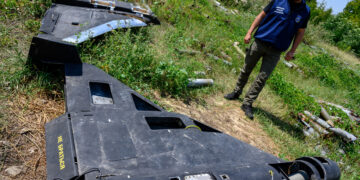Login to Continue Learning
Jua’s latest report, published today, puts EPT-2 head-to-head with top-tier models — including Aurora and two of ECMWF’s best: ENS and IFS HRES. According to the paper, EPT-2 came out on top, delivering the most accurate forecasts across the board. It beat Aurora on key variables like 10-metre wind speed and 2-metre air temperature over a 10-day period, ran forecasts 25% faster, and posted the lowest error scores of all models tested. Jua says it achieved this while using 75% less computing power than Aurora, the second most efficient system tested.
The research is scheduled for publication on the open-access archive arXiv next week. However, DeepMind’s Graphcast model was not included in the study. Nevertheless, Marvin Gabler, Jua’s CEO and co-founder, is confident that EPT-2 can beat all of the competition. He states, “We respect players like Microsoft Aurora, GraphCast, and Tomorrow.io, but they’re either too slow, too narrow, or still reliant on legacy infrastructure.”
AI-based weather forecasting has been gaining traction in recent years due to the demand for more accurate and cost-effective climate predictions. Traditional models run complex physics equations on billion-dollar supercomputers, whereas AI models learn patterns from massive datasets, potentially making accurate forecasts thousands of times faster on far cheaper, less energy-intensive machines.
Gabler says Jua takes a step further than previous AI-based forecasters by building a native physics simulation that understands how Earth’s atmosphere actually behaves. “While others are retrofitting AI onto legacy systems, we’ve built a native physics simulation,” he explained.
Jua released its first global AI weather model three years ago and has since raised $27 million in funding from backers including 468 Capital, Future Energy Ventures, and Promus Ventures.


















